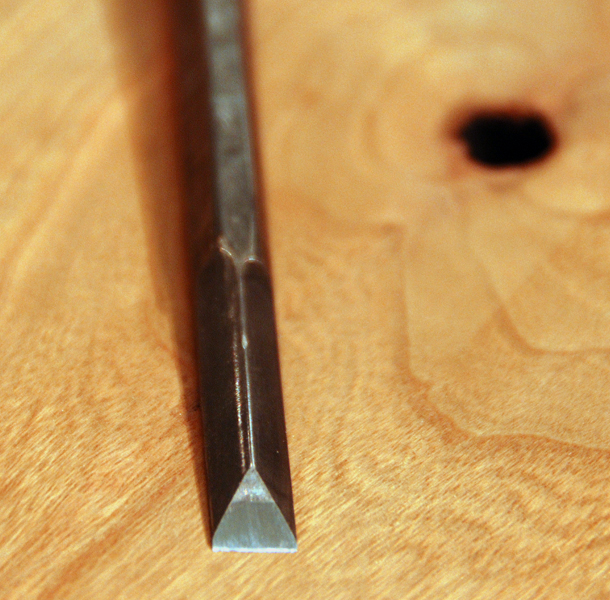Wow, I didn't know this would peak so much interest. Thank you very much for all of your responses. Firstly, I am feeling more comfortable with my reasoning of purchasing the 1/4 and 1/2 LN chisels, for a couple of reasons:
-I have never used chisels extensively and definitely need to know what a good, well made chisel feels like
-I do have some stanley chisels from the big box that have been beat on for rough home projects that I can use to hone my sharpening skills (no pun intended)
-I am not brand new to the hobby, I've been doing it since I was a child on and off, but have been into it seriously for the past five years, mainly building the power tool workshop and doing projects that way, and now it's time to incorporate hand tools and really work the wood
-I have decided on the Veritas dovetail saw, but I don't intend to only use these chisels for dovetailing
-Lastly, one day down the road I may be interested in rehabing old chisels (and planes too), but for now I just want to learn and do, not spend time trying to make a chisel work (other than the time it will take me to learn)
So, if you think I'm out of mind, you may politely let me know

Or if there is any other wisdom out there please feel free to share.





 Reply With Quote
Reply With Quote


 Or if there is any other wisdom out there please feel free to share.
Or if there is any other wisdom out there please feel free to share.

